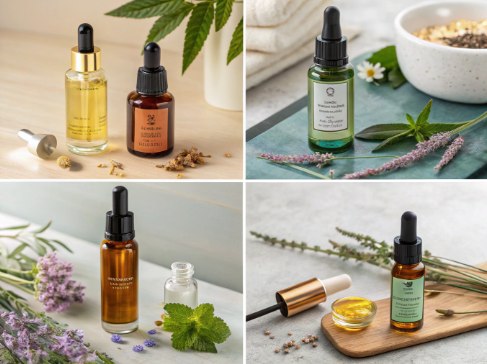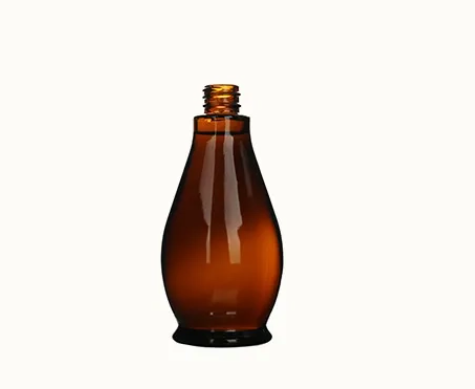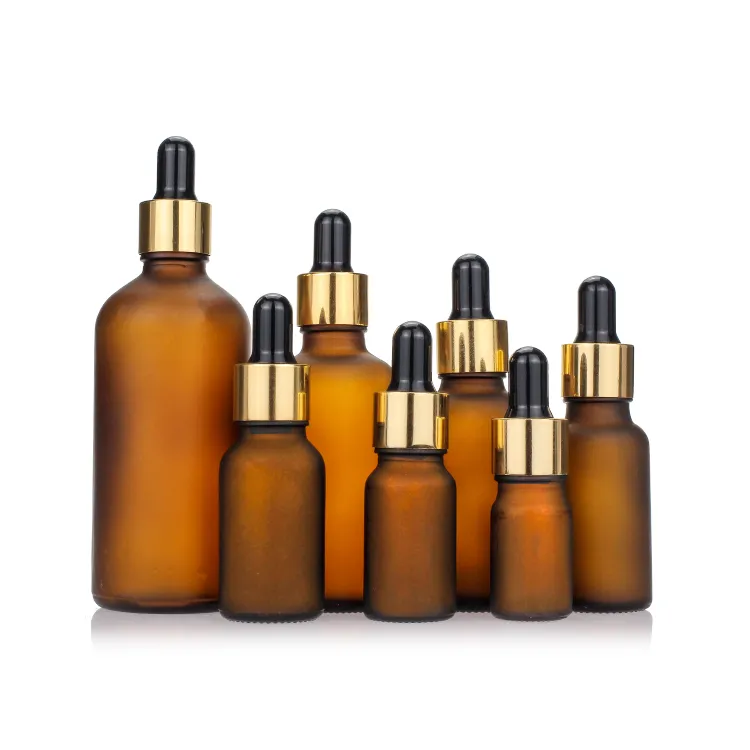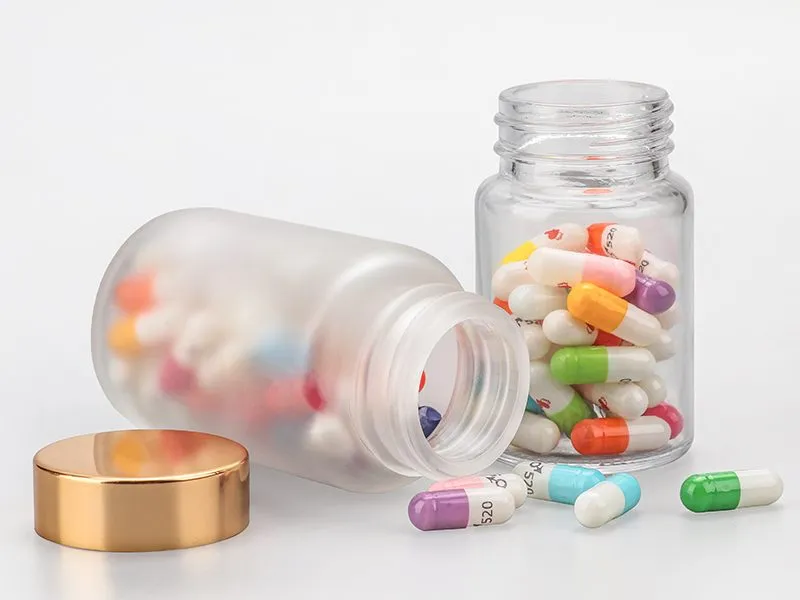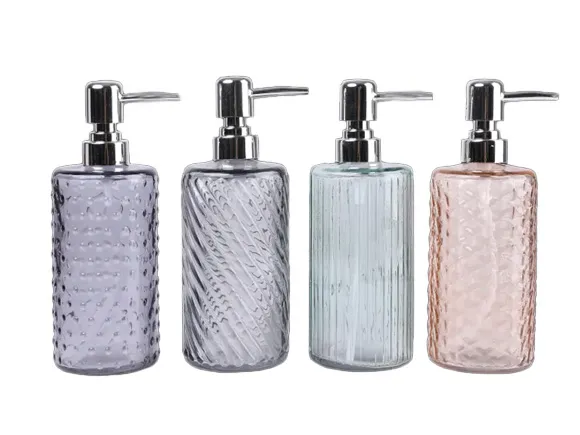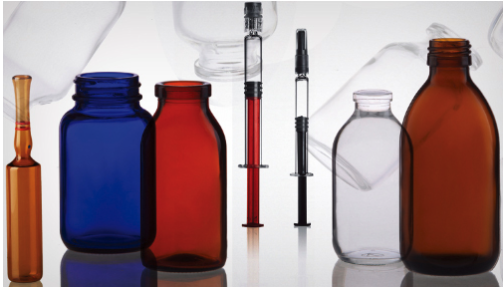Getting the right amount of essential oil in your diffuser can mean the difference between a soothing aroma and an overpowering headache. But how many drops isjust right?
Typically, you should use 5–15 drops of essential oil per 100ml of water in a diffuser. The exact number depends on the size of the diffuser, the strength of the oil, and personal scent preferences.
Let’s explore what happens if you overdo it, how long a diffuser should last, and what the “30/50/20 rule” really means for diffusion safety and effectiveness.
Why Essential Oil Quality Matters
When it comes to essential oils, quality isn’t just a “nice-to-have”—it directly affects both your diffuser’s performance and the overall experience. Lower-priced, questionable oils may be tempting, but they’re often extracted using harsh chemicals or cut with additives you’d never want floating through your living room. The result? At best, a muted scent. At worst, who-knows-what drifting into your lungs.
To ensure you’re only getting the good stuff:
- Opt for organic or wild-crafted oilswhenever possible.
- Scan the label for the botanical name(likeLavandula angustifoliarather than just “lavender”) and confirm it’s 100% pure essential oil—no fillers, no mystery blends.
- Check that the company discloses sourcing or testing info.Reputable brands such asPlant Therapy,Eden’s Garden, ordoTERRAtypically list how and where their oils are sourced, and third-party testing results.
Ultimately, pick oils that suit your scent preferences and intended benefits—but always keep purity and transparency at the top of your checklist. That way, every drop you add will deliver a safer, more satisfying aromatic experience.
Can you put too much essential oil in a diffuser?
Yes—and it’s more common than you think.
Using too much essential oil in a diffuser can lead to headaches, nausea, respiratory irritation, and a scent that overwhelms rather than soothes.
Signs You’ve Added Too Much:
-
Scent is sharp, cloying, or nauseating
-
You feel dizzy or stuffy after turning it on
-
What are the different types of essential oil diffusers?
Essential oil diffusers come in a handful of styles, each with its own personality and method for filling your home with delightful scents.
Let’s break down the main types:
- Ultrasonic Diffusers:These are the most popular choice for modern homes. Using water and ultrasonic vibrations, they create a cool mist that carries essential oil into the air. Think of them as the multitaskers—they can also add a touch of humidity to dry rooms.
- Nebulizing Diffusers:If you want pure, robust fragrance, nebulizers are the heavy lifters. They don’t use water or heat—just bursts of air to atomize pure essential oil into a fine mist. Expect a powerful scent and quicker diffusion.
- Reed Diffusers:The low-tech option. Here, sticks (usually rattan) sit in a bottle of essential oil and gently wick the fragrance into the air. No plugs or batteries required—just a subtle, continuous release of scent.
- Heat Diffusers:These use gentle warmth (sometimes from a candle, sometimes electricity) to help essential oils evaporate and spread through your space. The process is simple, though heat can sometimes affect the properties of certain oils.
- Evaporative Diffusers:Think pads or trays that you sprinkle with oil; a small fan can help circulate the scent faster. These are great for small spaces and are often travel-friendly.
Each type has its own set of perks. Some offer subtle, background aromas, while others fill your room rapidly with fragrance. The best pick for you depends on your space, your sensitivity to scents, and how much effort you want to put into maintenance.
-
The mist seems oily or leaves residue
-
Pets or children react negatively
To avoid this, alwaysstart small—you can add more drops later, but you can’t take them out.
At PauPack, we design dropper bottles and reducer caps to control oil flow, helping customers dose the right amount into diffusers safely and precisely.
What is an Essential Oil Diffuser and How Does It Work?
At its core, an essential oil diffuser is a handy device that transforms your favorite plant oils into a fine mist, dispersing those delightful scents throughout your space. Whether you go for something as classic as reed sticks in a bottle or as high-tech as an ultrasonic machine, the mission is the same: spreading aromatic goodness.
There are a few main types to know:
- Ultrasonic Diffusers:These mix water and essential oils, then use gentle vibrations to create a cool, fragrant mist. The result? A spa-like ambiance (minus the spa price tag).
- Nebulizing Diffusers:Think of these as the powerhouses—they use pressurized air to break oils into microscopic droplets, filling the room quickly and without dilution.
- Heat Diffusers:These warm the oils, releasing scent into the air. They’re simple but can slightly change the oil’s properties due to the heat.
- Passive Diffusers:Like reed sticks or aroma stones, these don’t use electricity—just the basic science of evaporation.
No matter the style, the effect is the same: the room is subtly scented, potentially setting the mood for relaxation, focus, or a little pep in your step.
Can people with allergies or scent sensitivities use essential oil diffusers safely?
Absolutely, but with some extra precautions.
If you’re sensitive to scents or have allergies, you can still enjoy the benefits of a diffuser by starting small—use just a drop or two of essential oil at first. Opting for a larger-capacity diffuser, like models fromInnoGearorURPOWER, can help further dilute the aroma, making it far more gentle on your senses.
Always pay attention to how you feel when diffusing. If you notice any discomfort—think sneezing, stuffiness, or headaches—turn off your diffuser right away and air out the room. For added safety, steer clear of using essential oils around newborns, especially those under three months.
When it comes to finding your personal comfort zone, less is more. By starting low and slow, you can adjust the intensity to what feels best for you, and still tap into the relaxing effects of aromatherapy—without the unwanted side effects.
What is the 30/50/20 rule for essential oils?
It's not just about blending—it’s also about safe usage.
The 30/50/20 rule refers to essential oil best practices: keep concentration under 30% for blends, store at 50% humidity or less, and leave 20% headspace in containers to manage pressure.
What It Means for Diffusers:
-
30% ruledoesn’t apply directly—but keep overall oil use in diffusers low to avoid saturation.
-
50% humidity: High humidity can affect how scent spreads or lingers in the air.
-
20% air space: Don’t overfill your diffuser tank—leave room for air circulation and mist creation.
If you’re blending diffuser oils in advance, the 30% dilution cap ensures your mix is not too strong for sensitive users.
Can you put too many drops in a diffuser?
Absolutely—and it can even damage the diffuser.
Yes, adding too many drops can clog the diffuser, shorten the life of the ultrasonic plate, and create an overpowering or uneven scent experience.
General Drop Guidelines:
| Diffuser Size | Recommended Drops |
|---|---|
| 100ml | 5–10 drops |
| 200ml | 10–15 drops |
| 300ml | 12–20 drops |
| 500ml+ | 15–25 drops |
If using strong oils (like cinnamon, peppermint, or eucalyptus), reduce the drop count. These oils are more intense and can dominate blends quickly.
What are the benefits of different types of essential oils, such aslavender,peppermint,orange, andlemon?
Not all essential oils are created equal—each one brings its own unique set of benefits to your diffuser blend.
Lavender oilis a classic choice. It’s prized for its calming and relaxing effect, making it a go-to for winding down in the evening, easing occasional headaches, and creating an atmosphere conducive to restful sleep.
Peppermint oilstands out for its invigorating scent. It’s commonly used to help with mental clarity and focus. Plus, its crisp aroma may offer relief from sinus pressure and nausea—think of it as nature’s version of a wake-up call.
Orange oilbrings a bright, uplifting note. Diffusing orange can help reduce feelings of anxiety or stress and add a zesty sense of refreshment to any space. Some users also seek it out for its ability to encourage positive energy and support a healthy lymphatic flow.
Lemon oiloffers a clean, citrusy aroma that's beloved for its revitalizing properties. It’s often used to help boost mood, support the immune system, and freshen up the air in stuffy rooms. The light, crisp scent can also help promote mental alertness.
If you’re new to essential oils, try blending a few drops of these favorites in your next diffuser cycle. Just remember: a little goes a long way!
How long does a 100ml diffuser last?
It depends on the mist setting—but you’ll get several hours.
A 100ml diffuser typically runs for 3 to 6 hours, depending on the mist setting, humidity, and air circulation in the room.
Diffuser Run Time Factors:
-
Low Mist Mode: Lasts longer (up to 6 hours)
-
High Mist Mode: Shorter time (3–4 hours)
-
Room Conditions: Open windows, heat, or fans can affect diffusion
Always clean your diffuser weekly to prevent oil buildup, especially if you use thick or resinous oils.
At PauPack, we also offer dropper bottles pre-filled with diffuser blends—ideal for gifting, resale, or creating a ready-to-use aromatherapy line with precise drop guidance on the label.
How long will a bottle of essential oil last when using a diffuser?
Let’s break down the real-world math—because those tiny bottles can go further than you think.
Most essential oils are sold in 10ml bottles (with smaller 5ml and larger 30ml options available from brands likedoTERRA,Plant Therapy, andEdens Garden). Since one milliliter contains roughly 20 drops, a standard 10ml bottle gives you about 200 drops in total.
If you’re adding 5–10 drops per 100ml diffuser session (the typical recommendation), you can expect:
- Using 5 drops per session:Around 40 uses per 10ml bottle
- Using 10 drops per session:About 20 uses per 10ml bottle
For most folks running a diffuser daily with moderate strength, a single 10ml bottle stretches comfortably across a month or two of consistent aromatherapy. If you rotate scents or use only a few drops at a time, that bottle will last even longer.
So don’t be fooled by the petite packaging—quality oils from trusted companies really can perfume your space for weeks on end.
Conclusion
Most diffusers only need 5–15 drops of essential oil per 100ml of water. Using more can overload the system or your senses. Start light, blend thoughtfully, and enjoy clean, consistent aromatherapy every time.





